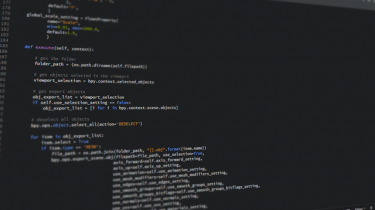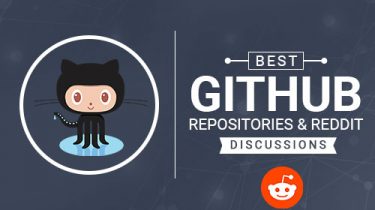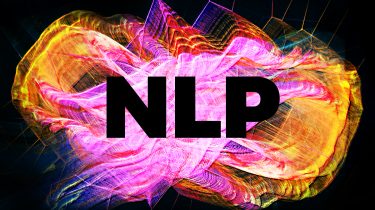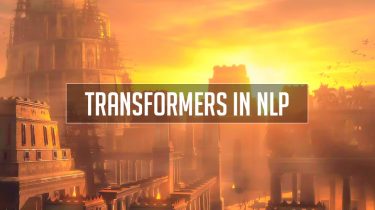How to Merge Two Dictionaries in Python
Introduction It’s not uncommon to have two dictionaries in Python which you’d like to combine. In this article, we will take a look at various ways on how to merge two dictionaries in Python. Some solutions are not available to all Python versions, so we will examine ways to merge for selected releases too. When merging dictionaries, we have to consider what will happen when the two dictionaries have the same keys. Let’s first define what should happen when we […]
Read more




